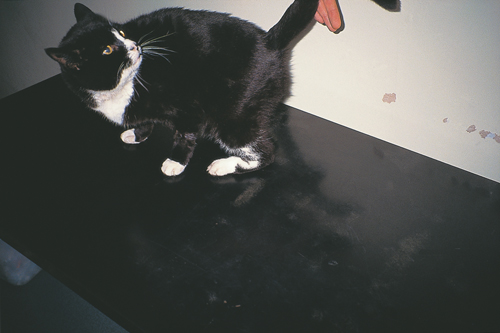Small Animal Abdominal and Metabolic Disorders Q&A 06
| This question was provided by Manson Publishing as part of the OVAL Project. See more Small Animal Abdominal and Metabolic Disorders Q&A. |
This 12-year-old, neutered female cat presented with a plantigrade posture and a prolonged history of polyuria/polydipsia.
| Question | Answer | Article | |
| What is the most likely diagnosis? | Diabetes mellitus. The plantigrade posture where the cat walks with its hocks touching the ground is a not uncommon presenting feature of diabetes mellitus in the cat and presumably results from a peripheral neuropathy. Such a diagnosis is supported by the history of polyuria/polydipsia. |
Link to Article | |
| How would you confirm the diagnosis? | By demonstrating a fasting hyperglycaemia and glucosuria. Persistence of these findings on serial sampling is important to eliminate other possible causes of glucosuria and hyperglycaemia, particularly stress-induced hyperglycaemia which commonly occurs in cats. If ketones are also present in the urine, a diagnosis of diabetes mellitus is confirmed. Other non-specific but supportive abnormalities include hypercholesterolaemia, increased activities of alanine aminotransferase (ALT) and alkaline phosphatase (ALP), hyperbilirubinaemia and a stress leucogram with a mild nonregenerative anaemia. |
Link to Article | |
